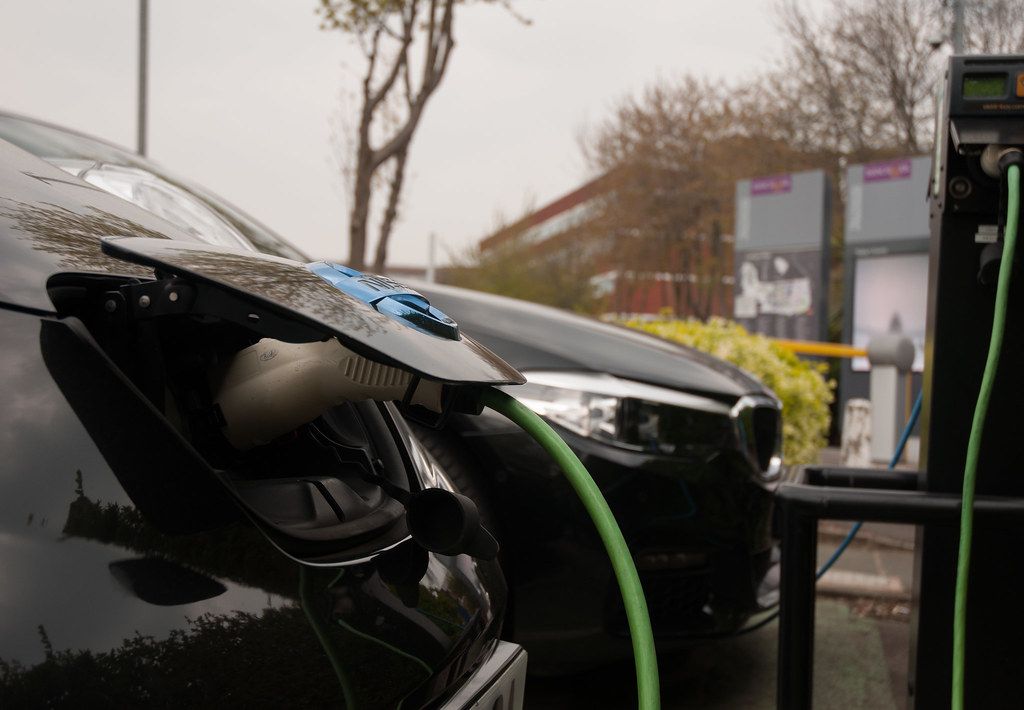Electric mobility is much discussed by fans of the world of four wheels. Unfortunately, over time, there is a lot of misinformation circulating about battery-powered cars and their limitations. Some limits are concrete – as with any other technology – others have never existed or have been largely exceeded by the technology available today: let’s discover some false myths about electric cars.
You can’t go on holiday with an electric car
Are electric cars only suitable for the city? Fortunately, no. The latest models offer WLTP cycle distances of at least 400 km. This means that such cars can safely make long journeys without major problems. And since charging points are becoming more and more widespread, it is no longer even a big problem to organize holidays by car. The Plenitude + Be Charge network, for example, already has over 9,200 charging points installed throughout Italy and over 4,500 are under construction. In short, on holiday you go quietly.
Electric vehicles take too long to recharge
Even this belief can be denied: on the one hand, billions of euros are being spent to create batteries capable of recharging with ever higher powers; on the other hand, the companies that deal with the charging network are investing heavily to install more and more Ultrafast charging points that allow you to fill up with energy in a short time. Plenitude + Be Charge, for example, has already installed many Fast and Ultrafast columns throughout Italy.
There are not enough charging stations
The number of charging points in Italy is growing every day: Plenitude + Be Charge alone has already installed over 9,200 charging points in Italy. It is clear that the network must be continuously expanded to make it more and more widespread, but today there are columns for all Italian electrical users. In short, today owning an electric car is not a problem on the charging front.
Batteries don’t last long
How long do car batteries last? Today, on average, car manufacturers offer a warranty on accumulators of up to 8 years or at least 100/150 thousand km. For this period of time, the manufacturer expects the battery never to fall below 70% of capacity (borderline case). In addition, the advances in batteries will make them increasingly resistant to use over time. Therefore, there is no problem to use electric cars even for several years, because the battery will not give particular problems.

Electric cars are not fun to drive
In fact, the exact opposite is true. Thanks to the power and torque immediately available, battery-powered cars are snappy and decidedly brilliant, even when they do not have a very high power. The characteristics of the electric motors make it possible to make them extremely fun to drive, clearly respecting the speed limits. And when you are not in a hurry, the absence of vibrations from endothermic engines makes journeys truly relaxing.
If it rains you can not recharge the car
Recharging while it rains is of course possible. Cables and connectors are purpose-built. And in the extreme case of a tropical monsoon with water invading the charging socket, the system is set up to interrupt the energy supply and safeguard the operation of the car. In short, no problem.

Maintaining an electric car is expensive
An electric car is much simpler, mechanically speaking, than an endothermic car that has an engine composed of hundreds of parts that must be checked. On an electric car the engine does not need maintenance. The only checks basically concern the brakes, tires and all the elements that tend to wear out over time. But these are normal controls. Therefore, no annual maintenance to the engine and transmission.
Electric vehicles cannot self-charge
Instead, one of the advantages of electric cars is that of being able to recover energy during the release or braking phases, just like hybrids but with decidedly higher powers. The recovered energy allows you to recharge the battery and increase autonomy. Often, the intensity of energy recovery can be configured on multiple levels. In some conditions, you can even do without the brake and let the energy recovery system slow down the car.









